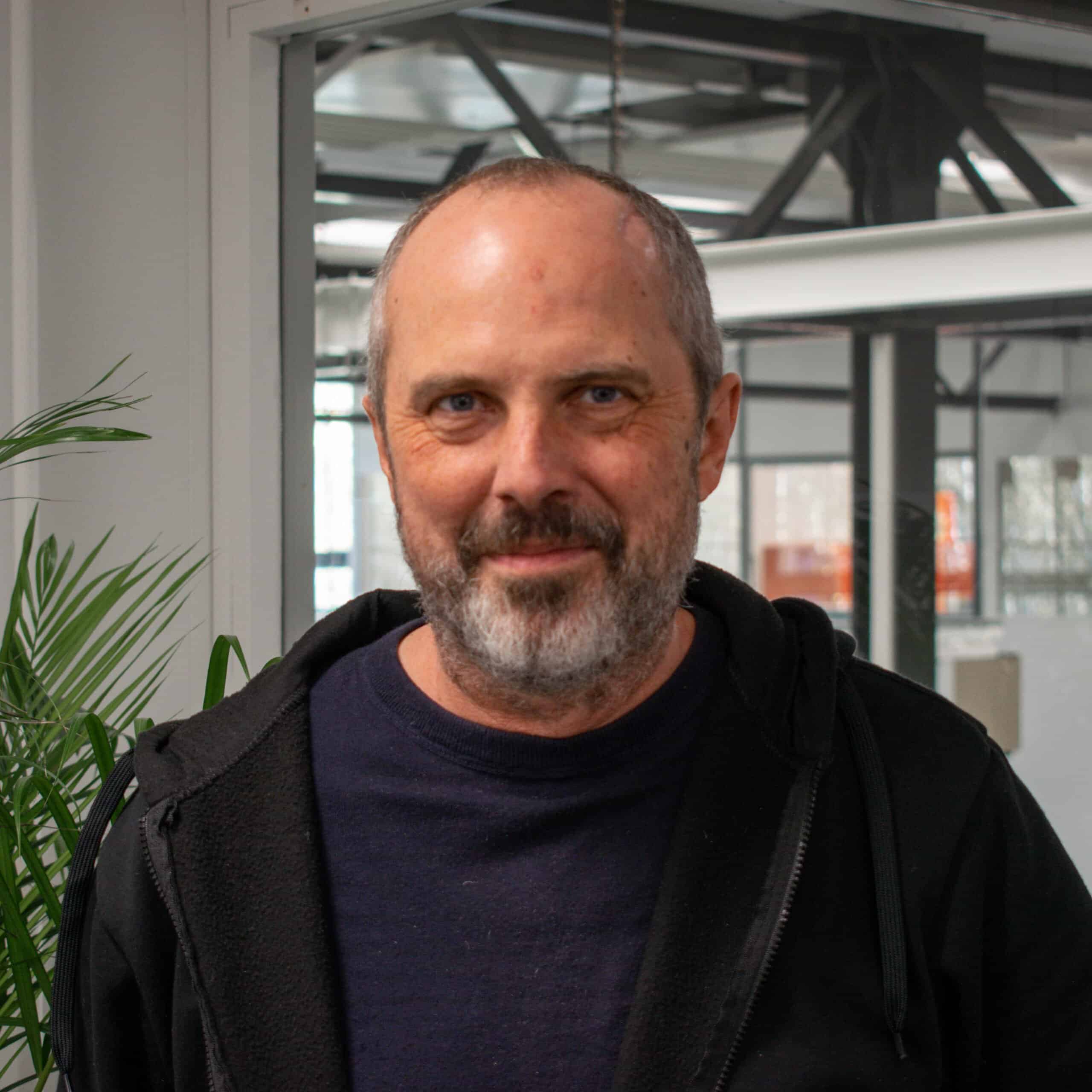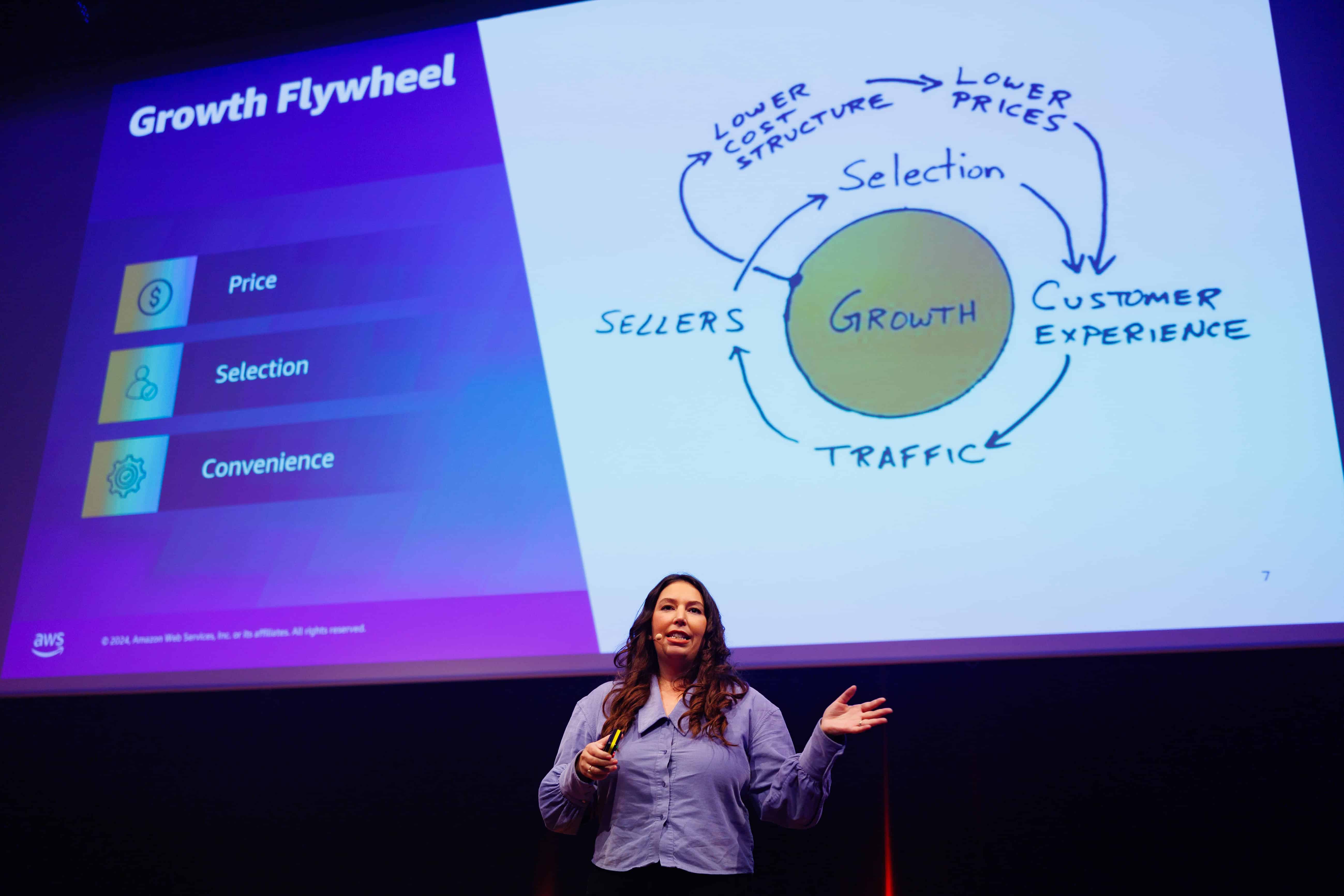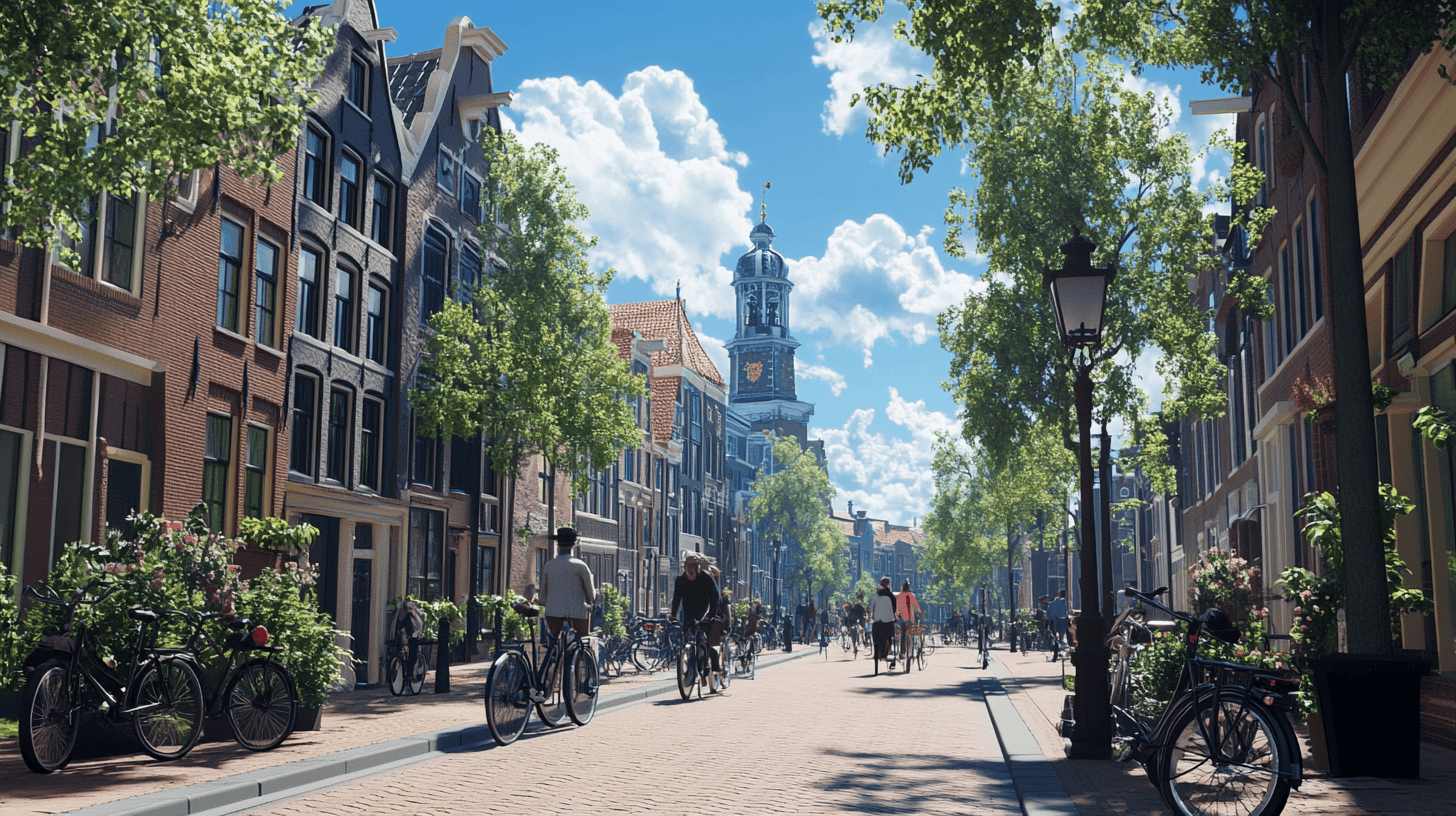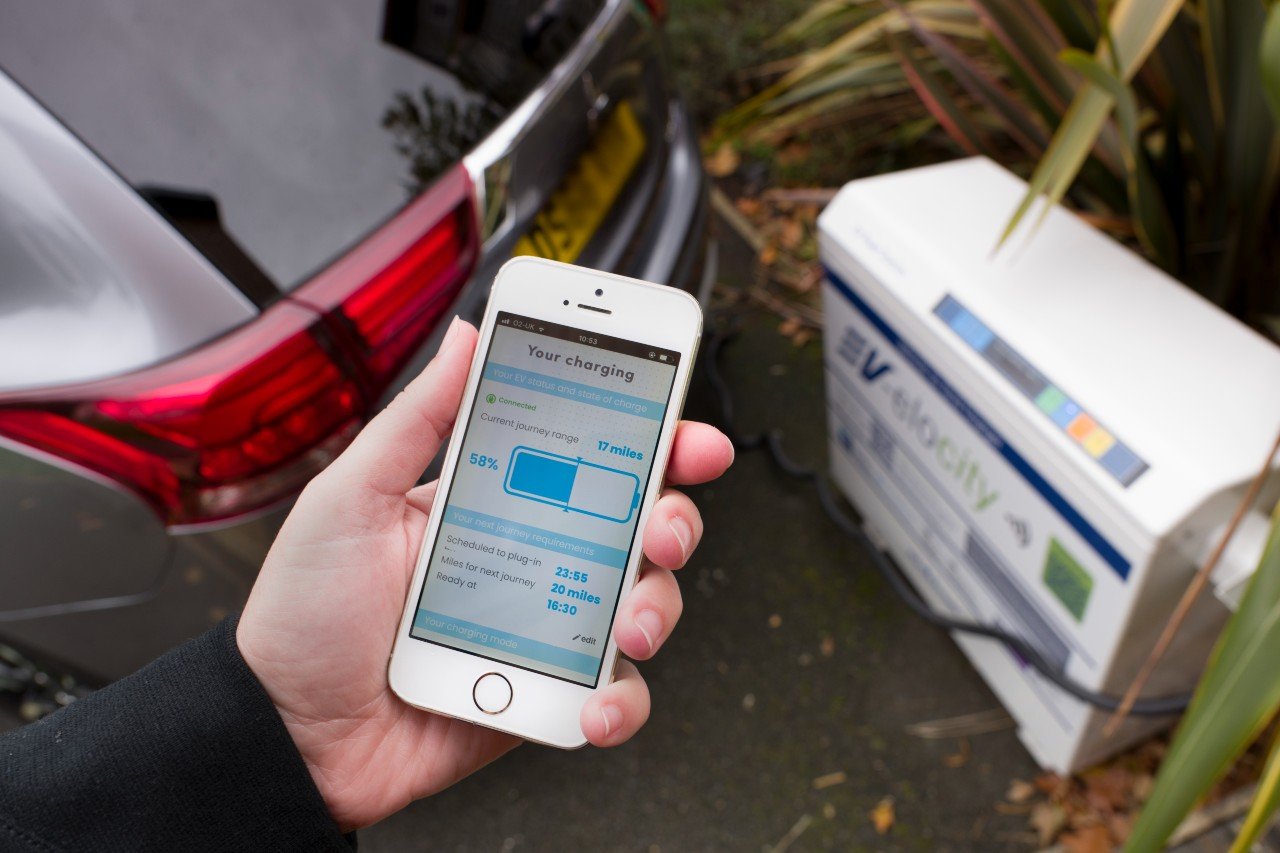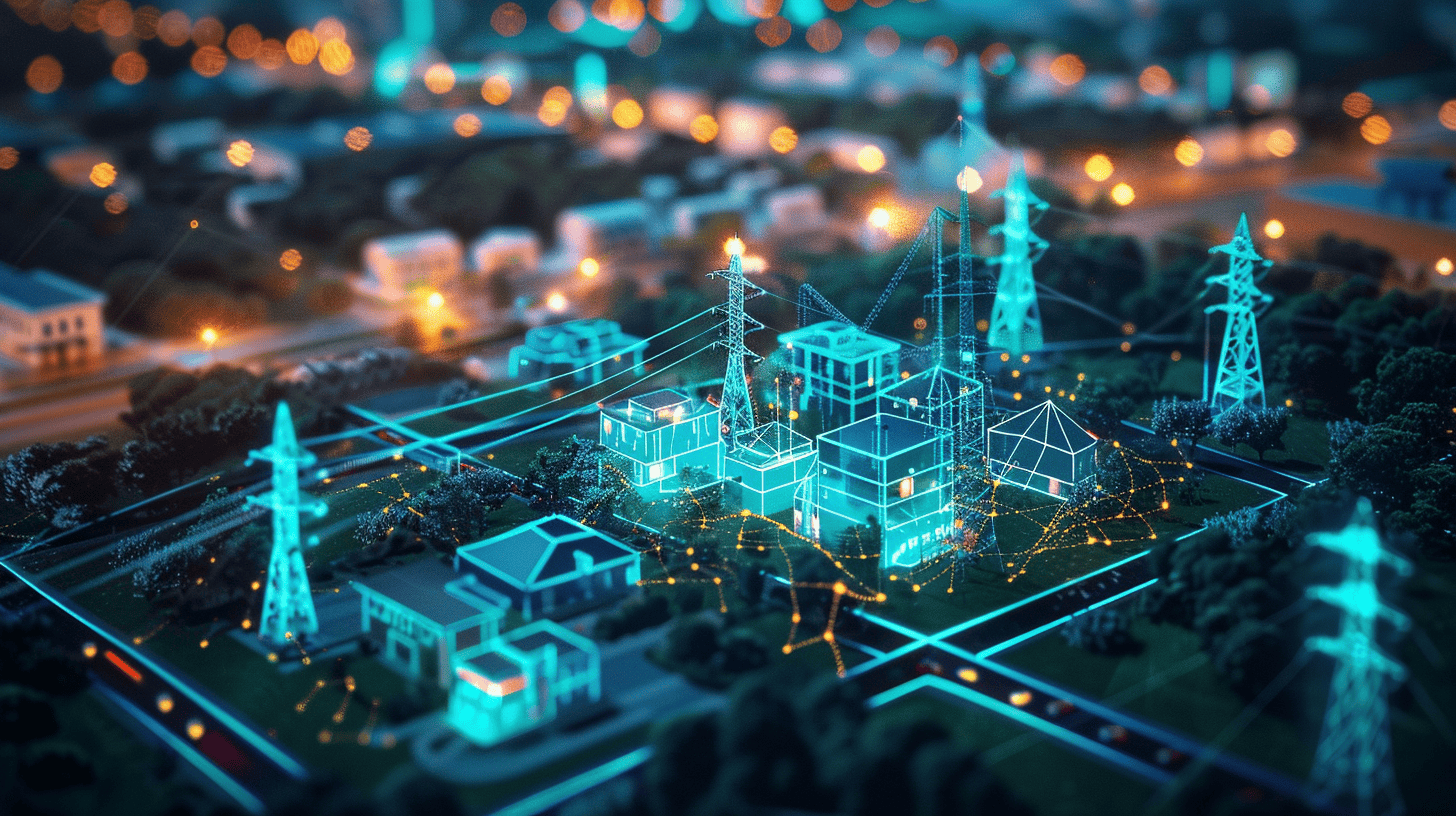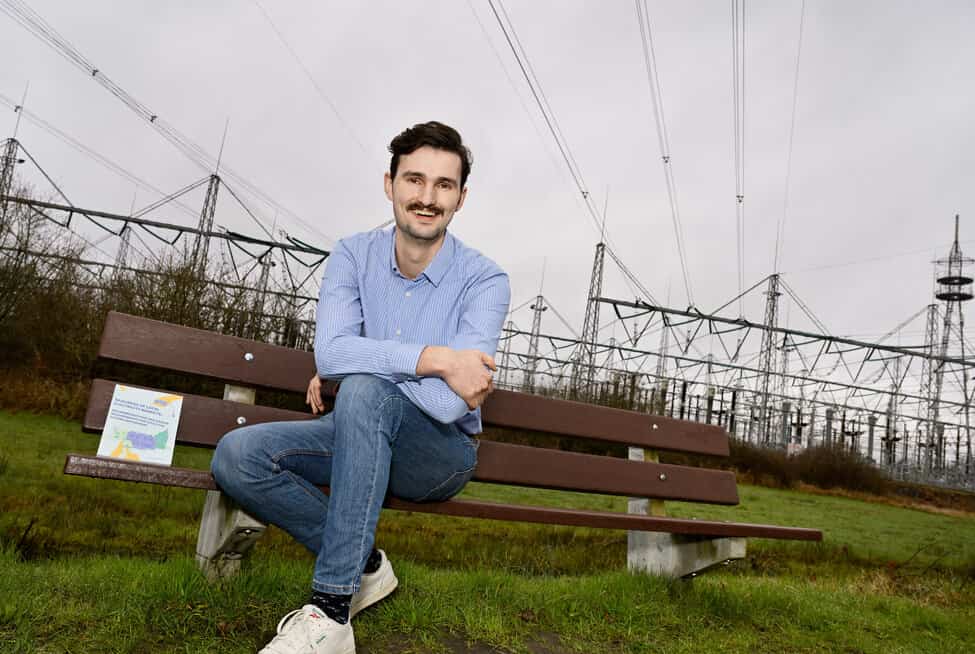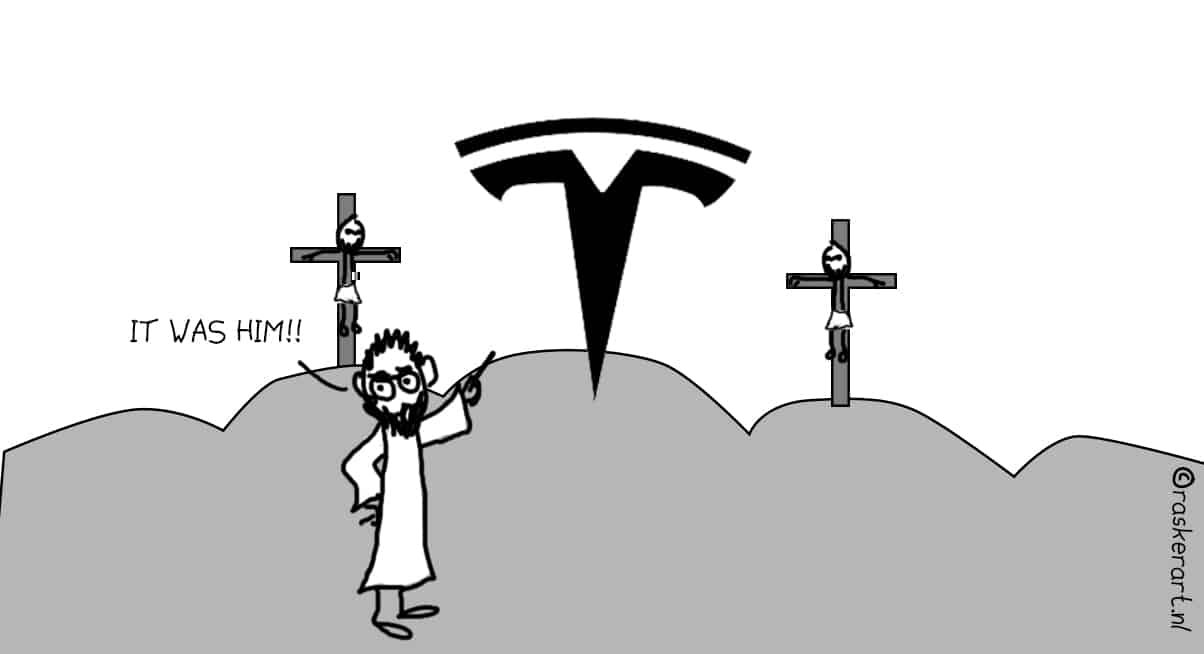
Good news in a week when air quality is not that doing that well due to the forest fires in the Amazon. Within five years, Dutch public transport companies expect to have 75 percent of their buses running on electricity. This was the best read story on Innovation Origins this past week.
The great thing is that bus companies are not waiting around for the time when they can only buy zero emission buses, because they are already doing this. The downside is that the existing electricity grid does not seem to be able to cope with so much pressure. Indeed, earlier this month, the grid manager warned energy network company Alliander against a full-blown power cut if no speedy efforts are made to expand the existing electricity network.
Five-fold increase in electricity demand

Alliander spokesperson Jelle Wils acknowledges the seriousness of the situation: “In the coming years, we expect to see a five-fold increase in the amount of energy required in Amsterdam. This is because a number of new measures are converging, e.g. more data centers will have to be built because of the the growing need for mobile data. These internet hubs consume the same amount of energy as a town of 30,000 inhabitants. Besides that, cities want to keep cars with combustion engines out, which means that 70,000 charging stations will have to be added to Amsterdam’s network. Furthermore, politicians want to see homes divert away from natural gas, and that means more cooking will be done using electricity.”
It would be preferable if the energy required could be generated sustainably, for example from solar parks. But the existing electricity grids care not able to process the electricity they generate. Wils: “One of the reasons for this is the lack of power cables in the ground. We have a high level of reliability when it comes to delivering electricity in the Netherlands because there are always two cables available. The second cable is only used in case of emergencies. The moment we also start using these spare cables, it’s a smart solution with a major impact. We are already doing this in the Haarlemmermeer as an emergency measure, but this will also happen throughout the country in the near future.”
Power-hungry airport
In any case, the Haarlemmermeer is a complex area owing to the presence of the power-hungry Schiphol airport. Wils: “The net there is now completely full and we have been looking for several years for a new distribution station. It will require the equivalent of 12 football fields and that kind of space is not easily found. Everyone wants mobile internet and electricity for cooking, but nobody wants that kind of thing in their backyard.”
It’s clear: the Dutch power supply will remain a hot issue for some years to come. The subject will be on the Lower House’s agenda following the parliamentary recess in the Lower House on the 4th of September. The Minister of Economic Affairs will then outline his plans.

